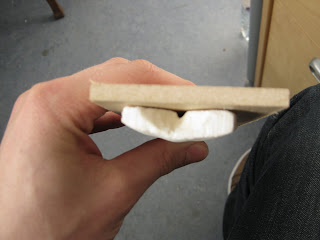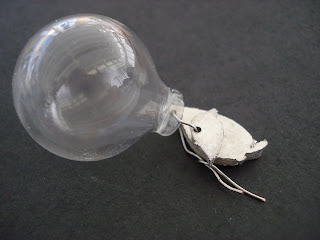It looks like a brilliant design- I’m aware of the Galileo thermometer and how it works and it seems like a great way to get the optimum temperature for the water. As I’m sure you are aware, the temperature of the water is crucial to the final taste of the tea, and different teas need different brewing temperatures to achieve the best possible taste. This is something that is quite difficult to achieve using a kettle, so the use of a Galileo thermometer seems like an ideal solution. I also think the use of glass is good - I always use glass teapots as it’s the best way to see the colour of the tea and I can watch the leaves infuse perfectly. Instead of using the colour to determine whether it’s ready, I often go by time, steeping the tea leaves for anywhere between 1-5 minutes depending on what tea it is.
The only slight concern I have is that from that initially it does look rather complicated- a little like a science experiment rather than a tea serving set, but for experimental methods it must be the best way to find the temperature.
Well done on all your hard work and it’s great to have another tea fanatic among us! I apologise again that I couldn’t be much help, next time if you could let us know a little sooner before your deadline we should be able to dedicate more time to it.
All the best,
Katherine



















































